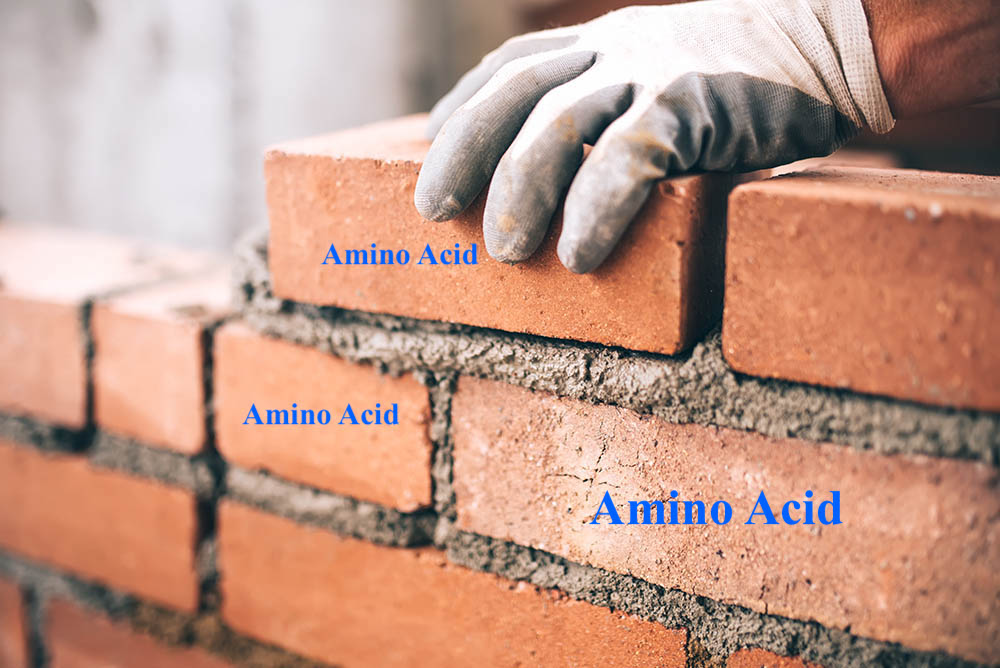
- 0 Comments
- BLOG Muscular Neurological / Psychological
INTRODUCTION When clients begin training with our Kinesiologists, there are many bases to cover; initial assessments, and one-on-one coaching of self-massage techniques, corrective exercises, and functional strength training. All of these steps are necessary because one builds upon the other. This eventually creates a strong foundation, and suit of armor, for our clients. But what […]
Read More

